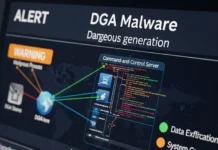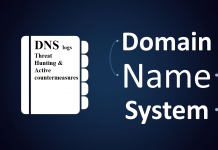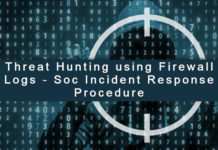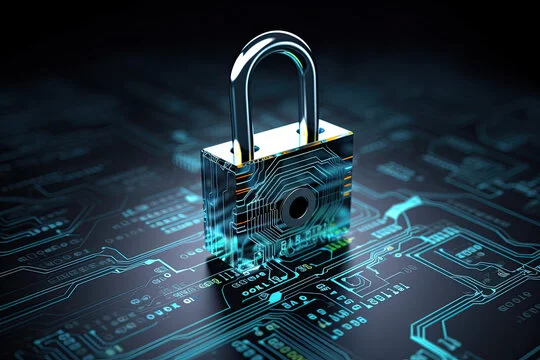In the changing world of cybersecurity, companies often grapple with a critical question: Should they prioritize investing in advanced technology or focus more on human training to bolster their defenses? While cutting-edge cybersecurity tools provide essential protection against increasingly sophisticated threats, the human element remains a pivotal factor in ensuring overall security.
Here’s an overview of why striking the right balance between training and technology is key to creating a resilient cybersecurity posture.
The Rise of Cyber Threats and Technological Defenses
Cyber threats have grown exponentially in both volume and complexity. From ransomware attacks and phishing scams to zero-day exploits, attackers leverage a wide range of techniques to infiltrate systems. In response, organizations have deployed a variety of technological solutions, including firewalls, intrusion detection systems, endpoint protection platforms, and artificial intelligence-driven analytics.
These technologies can detect anomalies, block malicious traffic, and automate incident responses faster than any human could. For example, advanced threat intelligence platforms analyze data patterns to identify emerging threats in real-time, enabling rapid countermeasures. Organizations working with specialized providers like Cisco partners UK often benefit from state-of-the-art security products and expert integration services, ensuring robust technological defenses.
However, technology alone cannot eliminate all risks.
Why the Human Element Matters
Despite technological advancements, human error remains one of the leading causes of cybersecurity breaches. Employees can unintentionally open the door to cyberattacks through unsafe behaviors like clicking on phishing emails, using weak passwords, or neglecting software updates. According to numerous studies, a significant percentage of breaches originate from human mistakes rather than sophisticated hacking alone.
Moreover, attackers frequently exploit social engineering techniques—manipulating individuals to gain access rather than hacking directly into systems. This makes employee awareness and training paramount in the fight against cybercrime.
The Power of Cybersecurity Training
Investing in comprehensive cybersecurity training empowers employees to act as the first line of defense. Effective training programs educate staff on how to recognize phishing attempts, manage sensitive data securely, and understand organizational security policies.
Regular drills, simulated phishing campaigns, and clear communication channels help build a culture of vigilance. Training also fosters accountability and encourages employees to report suspicious activities promptly. Over time, this reduces the risk of insider threats and minimizes the impact of human errors.
For instance, a well-trained workforce can detect social engineering attempts before attackers succeed, making technology’s job easier by reducing the volume of incidents it must handle.
Balancing Training and Technology
Neither training nor technology alone is sufficient. The best cybersecurity strategies integrate both elements seamlessly. Organizations should deploy the latest security tools while continuously investing in workforce education and awareness.
Automated security solutions can handle large-scale threat detection, but employees are essential for nuanced judgment calls, responding to alerts, and understanding contextual risks. In addition, ongoing training helps users adapt to new types of cyber threats and the evolving technological landscape.
Partnerships with trusted security vendors can enhance this synergy. This enables businesses to access cutting-edge security technologies alongside expert guidance on training and best practices. This combined approach ensures comprehensive protection across technical and human dimensions.
Conclusion
Cybersecurity is a multi-faceted challenge that demands a holistic approach. While advanced technology forms the backbone of a secure infrastructure, the human element remains the most unpredictable and vulnerable aspect. Investing in robust employee training programs complements technological defenses, fostering a security-aware culture capable of thwarting sophisticated attacks.
Ultimately, organizations that recognize and address the interplay between training and technology will build stronger, more resilient cybersecurity defenses—protecting their assets, reputation, and future growth in an increasingly digital world.



































